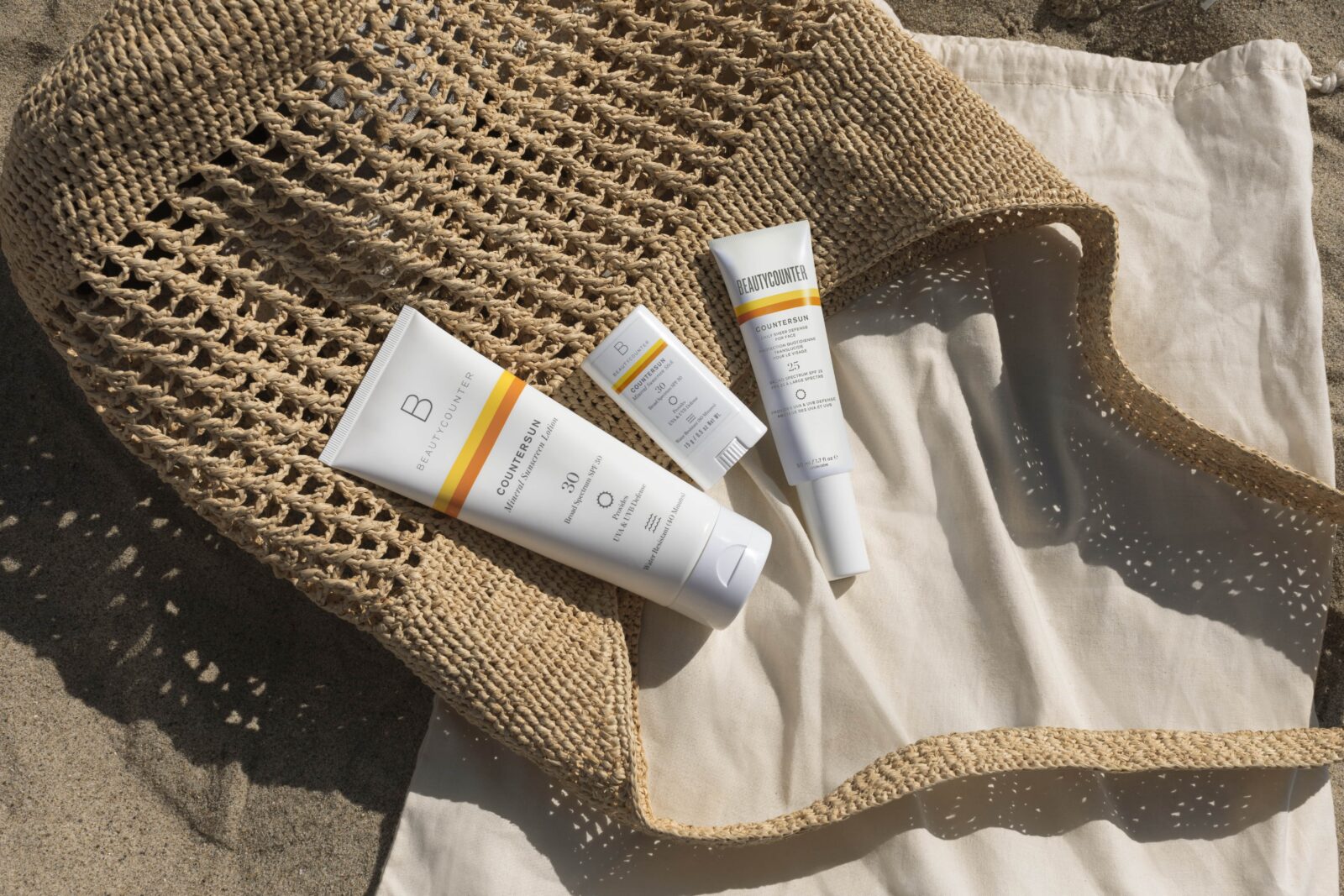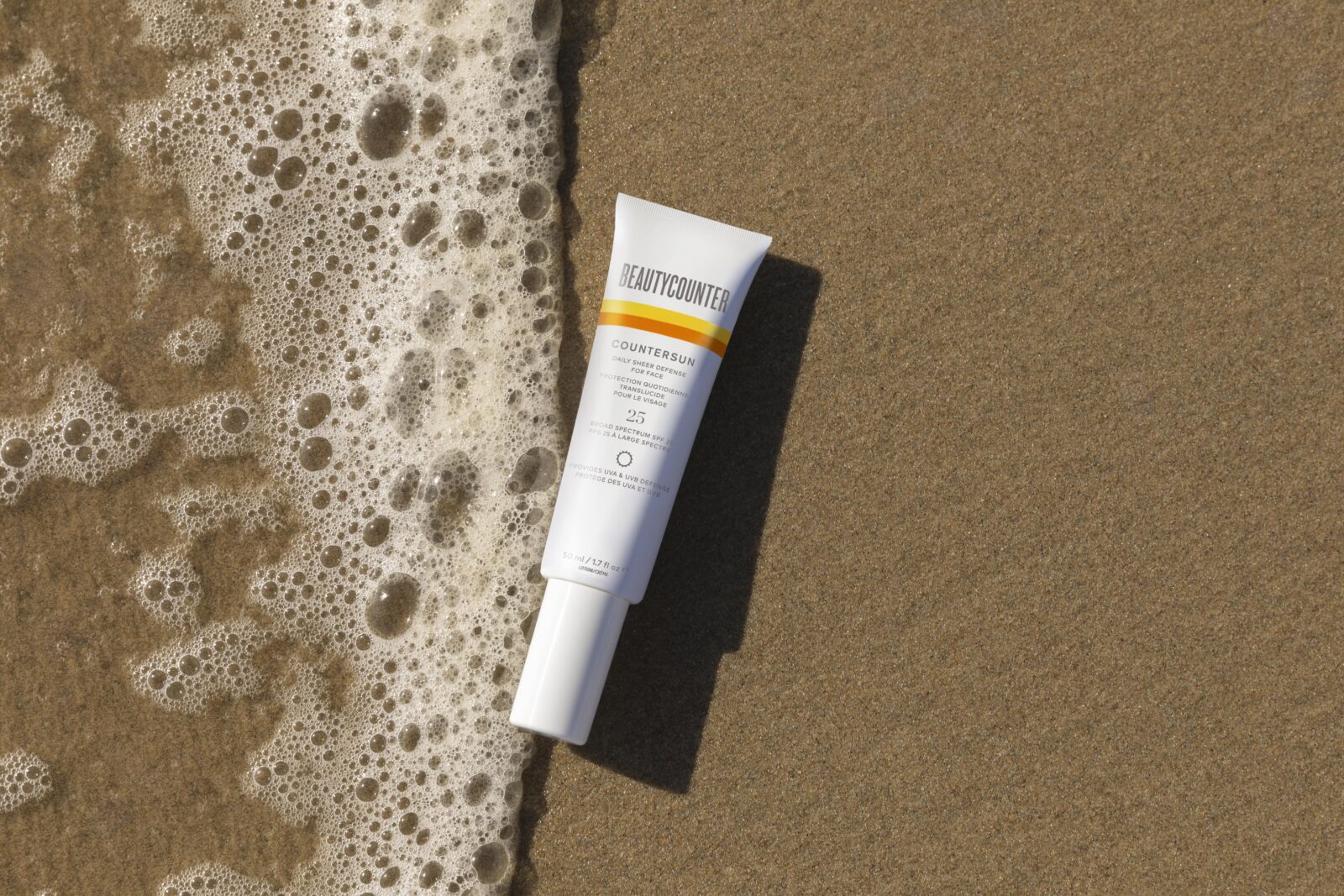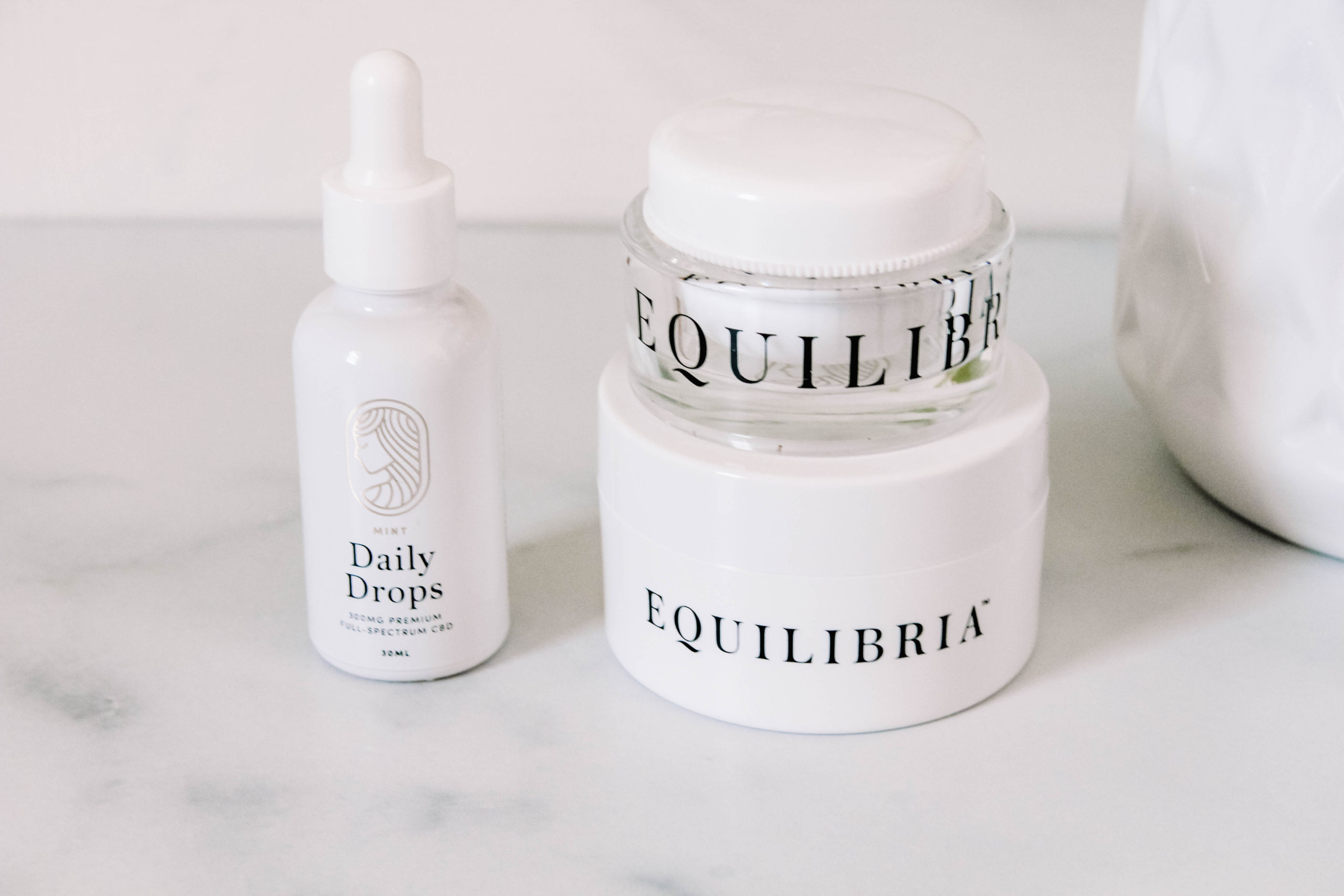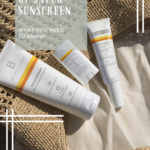Last updated on April 11th, 2023 at 06:57 pm
If you are one of those people who consistently lather up on sunscreen before spending any time outdoors, you are probably feeling ahead of the game. But it is important to understand that there is more to sunscreen and safe sun exposure than what you have heard from advertising, mainstream media, and maybe even your dermatologist. The post will share everything you need to know about safer sunscreen and the sunscreen ingredients that are harmful to you and the planet.
While some of the mainstream sun protection brands have a pretty good track record of minimizing the risk of sunburns for those who use them properly. All in all, these products aren’t doing you any favors health or environmental-wise, and it is finally noticeable.
How does sunscreen damage the environment?
Chemical filters in sunscreen bleach the coral reefs and significantly negatively impact the oceanic environment, affecting everything else. Both Hawaii and Florida have now passed a bill to ban types of sunscreen containing oxybenzone from being sold in the state.
So how is this happening? We all know that the skin is our largest organ. Basically, just like the chemicals in sunscreen (and other skincare and beauty products) can affect you, they also damage the ocean, particularly the coral reefs, which are the foundation of marine life. These chemical sunscreen ingredients bleach the coral reefs, cause DNA damage, and accumulate in fish we might eat.

National Geographic posted an online article estimating that 14,000 tons of sunscreen wash into the ocean yearly, and 82,000 chemicals from personal care products may harm the oceans.
With that said, the real question is whether we need to be afraid of the sun.
It is a yes and no answer.
Yes, the sun is extremely powerful, and the sun does have harmful rays.
No, the sun is life-giving, and sunshine is the best bio-available source of vitamin D. This is an essential nutrient for daily function – like keeping bones healthy and protecting and supporting the immune systems.
The life-giving factor of the sun is why a little fresh air and sunshine make everyone feel better – so the sun is a positive thing. It is important to understand that too much sun can be damaging, so safer sunscreen is often needed. There is no need to fear soaking up all the summer rays!
There are two types of sunscreens: chemical sunscreens and mineral sunscreens.
Chemical sunscreens
Chemical sunscreens, also known as chemical sunblock, are probably the ones most everyone is familiar with as they are the vast majority on the market. These sun filters contain oxybenzone, avobenzone, and actinoxate, which is on top of the nasty list. These sunscreens are known as sun filters because they absorb into your skin, ultimately absorbing the sun’s UV energy, converting it into heat, and releasing it from the body. So to work correctly, these chemicals must be fully absorbed into the body. The question is, do you want your skin to absorb things known to be harmful to your health and the environment?
Mineral sunscreens
Mineral sunscreens use physical blockers like zinc oxide and titanium dioxide. These safer sunscreens create a barrier between the sun and the skin to reflect the sun’s rays away from the body. Mineral sunscreens are a great alternative for everyone as they don’t contain endocrine-disrupting toxins and still get the job done.
How does sunscreen damage our health and hormones?
A study from the FDA states that the chemicals in sunscreen can absorb into the body in as little as 24 hours – just one day!
Many toxic chemical ingredients in sunscreen, particularly oxybenzone, are endocrine disruptors. Moreover, they can mimic or partly mimic the body’s natural hormones. As a result, it sends mixed messages and confuses the body’s natural signals. When this happens, it can create many health concerns.
Fragrance (the signature smell most people love from their favorite products) is the company’s trade secret, meaning they don’t have to disclose any of the fragrance ingredients legally. Basically, it can contain hundreds and thousands of harmful chemicals without you knowing.
While aerosol sunscreens may seem easy to apply, they pose a greater threat to us and the environment. Typically, only a little of the spray hits your skin. As a result, it hits more of the sand or the air and eventually washes right into the ocean. Never mind the gas used to power aerosols – propane and hydrocarbons. Both of these can cause severe lung irritations and easily enter the bloodstream.
The main ingredients you should avoid when searching for sunscreen include:
- oxybenzone
- benzene
- octinoxate
- retinyl palmitate
- fragrance
Another FDA study states that some of the above ingredients systemically absorb into the bloodstream after just one use. Furthermore, these same harmful chemicals are detected on the skin and in the bloodstream weeks after application.
As if this isn’t alarming enough, in 2021, there was a big voluntary recall on sunscreens containing the known human carcinogen benzene. In my opinion, none of this is voluntary in the sense of “we care about your health” It sounds more like we have been caught because people are waking up to how unregulated and unsafe personal care products are.

Okay, so what on earth is the safer alternative?
It is important to look for a sunscreen with zinc and titanium dioxide as their active ingredients, rather than all the other toxic chemicals in most conventional products. As a result, this will make the sunscreen a lot safer and cleaner.
Our family’s all-time favorite (tried and tested) is, hands down, the Beautycounter Countersun Collection! We have been using it for 5+ years, and have tested it in the African sun, the West Texas sun, as well as the Arizona desert sun, and everything in between. It has worked wonderfully for us.
It is a broad-spectrum sunscreen that effectively protects the skin from both UVA and UVB rays. Why is this even important?
UVB rays
UVB rays are the burning sun rays (which the SPF protects against) and cause sunburns. In fact, this is what most sunscreens protect against.
UVA rays
UVA rays are present all year round and penetrate glass and clouds; they also cause premature aging.
What about non-nano zinc oxide? There is a big difference between non-nano zinc oxide and zinc oxide, and it simply comes down to the partial size. In fact, nano is derived from Greek, meaning dwarf – this refers to particle size. As a result, non-nano zinc oxide cannot penetrate the bloodstream.
Beautycounter’s Countersun mineral sunscreen mist uses innovative technology. The compressed air propels the sunscreen from the bottle and onto the skin without harsh chemicals.
Another set of bonus points concerning the Countersun collection is that it doesn’t make you ghastly white. As a matter of fact, it rubs in beautifully. I love keeping the Countersun mineral sunscreen stick in my purse and car in case we need them on the go. Moreover, it is also super handy because you don’t have to get sunscreen all over your hands – it’s a win.
The brand of sunscreen matters as much as the ingredients. I trust Beautycounter’s Countersun Collection because it is triple-tested and reef-safe. Beautycounter’s sunscreen offers all the benefits of safer sun protection without the potential dangers associated with many products you can purchase from your local pharmacy or grocery store.
Here are a few tips on how to effectively use mineral-based safer sunscreen:
Re-apply
Sunscreen is not a one-and-done affair. If you will be in direct sun for more than an hour, it is important to use a safer sunscreen. To be effective, even the best of these products must be reapplied regularly. Be extra careful if you spend much time in the water. Water-resistant and waterproof are not the same thing. It is always smart to reapply sunscreen after a swim if you will continue being in direct sun.
Shake before use
Zinc can settle in the sunscreen packaging, so you can “wake it up” a bit by simply shaking the sunscreen well before applying. This simple step will ensure that the zinc (also known as your sun protective agent) distributes evenly every time you lather up.
The application must be visible
Mineral sunscreens can only do their job effectively if you can see where you have applied them. Before rubbing all the sunscreen, ensure the sheer white formula is visible on the skin.
Zinc doesn’t expire
As mentioned before, zinc is one of the active ingredients in mineral sunscreen. As if its amazing ability to fight the sun’s rays wasn’t enough to sell you on it, it also never expires as a protective agent. So, this means your sunscreen will be just as effective for years after you purchase it. All sun protection products are required by law to have and list an expiration date, but if you are using mineral sunscreen, time isn’t of the essence.

My favorite safer sunscreens:
- Mineral Sunscreen Lotion, SPF 30
- Daily Sheer Defense For Face, SPF 25
- Mineral Sunscreen Stick, SPF 30
- Mineral Sunscreen Mist, SPF 30
More to read: Eat Your Sunscreen {4 Foods To Eat For Sun Protection} And My Favorite Safer Sunscreen and Debunking Myths: Is Sunscreen Bad For You (And Why I Don’t Wear It Daily.)
Disclaimer: This post is not intended to provide medical advice, diagnosis, or treatment and is for educational purposes only.
Use code “CLEANFORALL20” at checkout to save 20% off your entire first order over at Beautycounter!





+ view comments